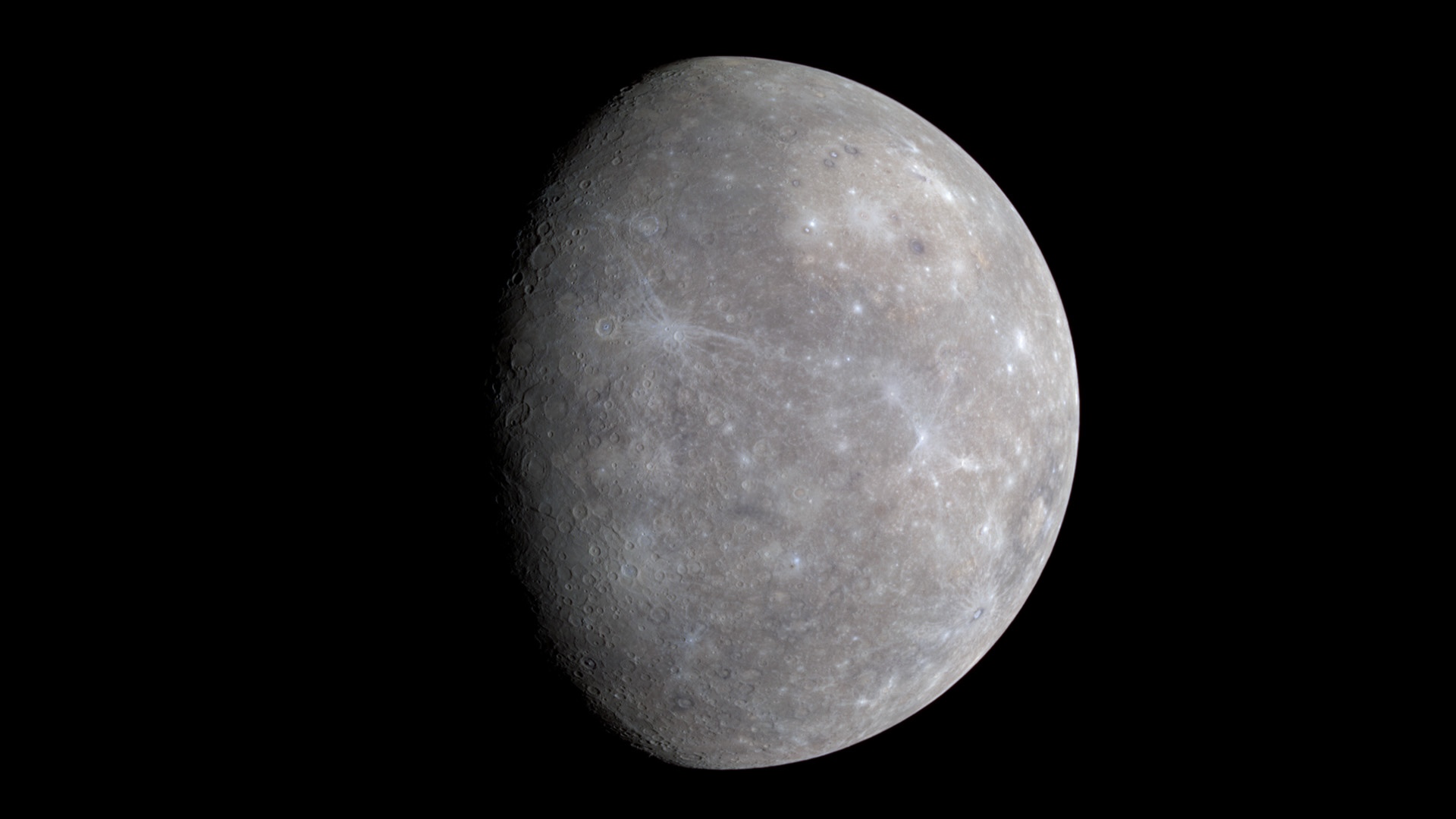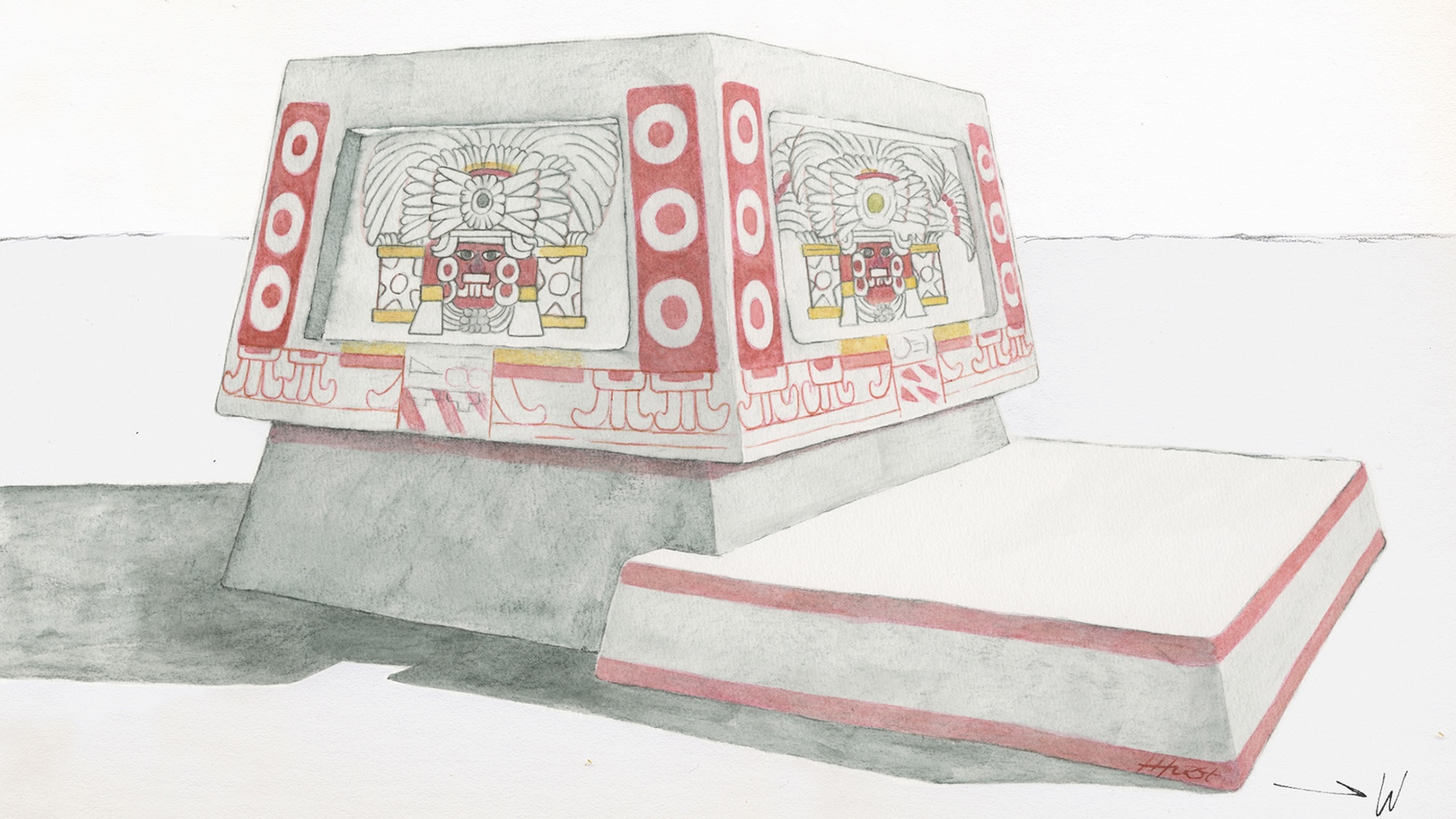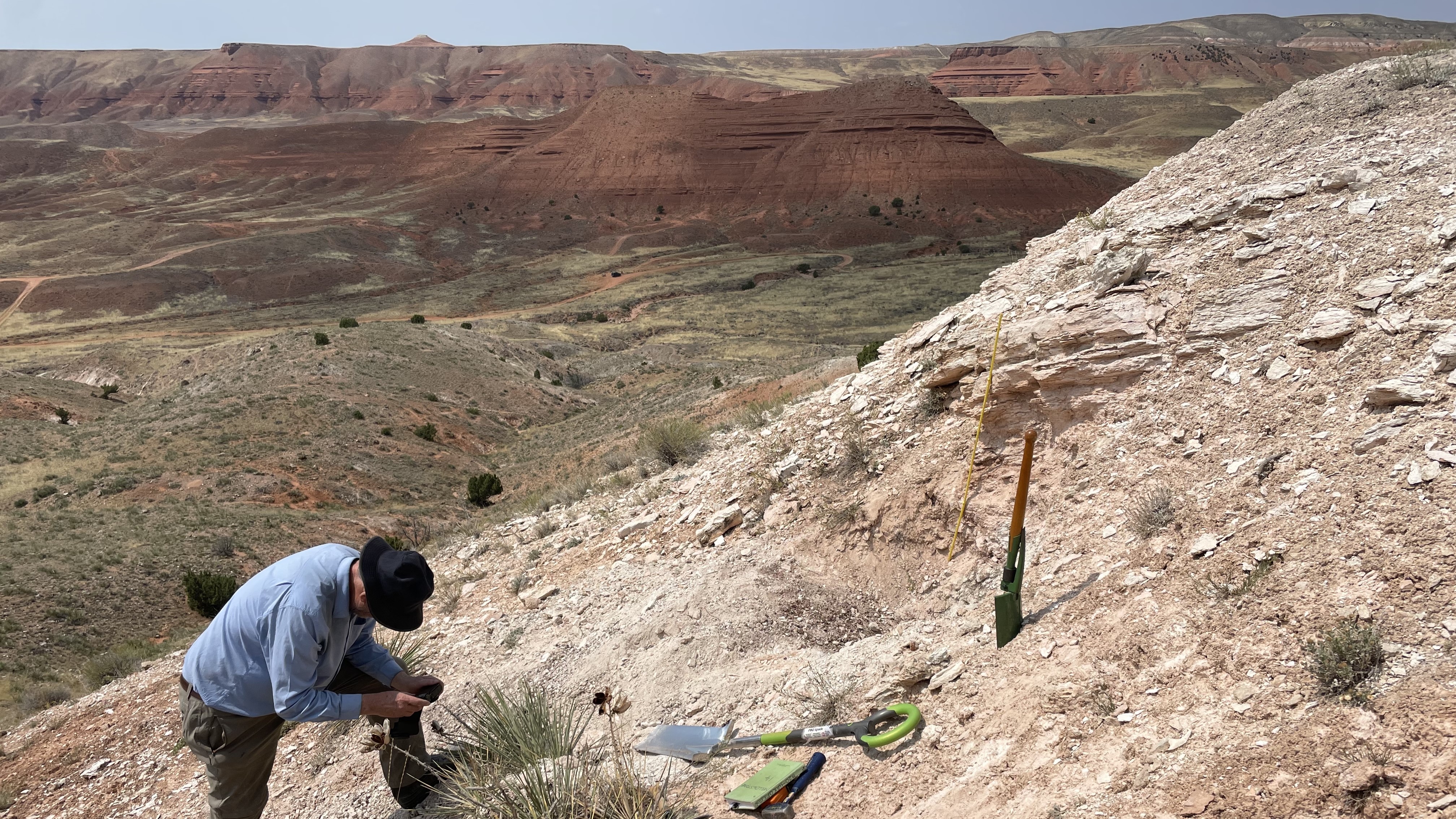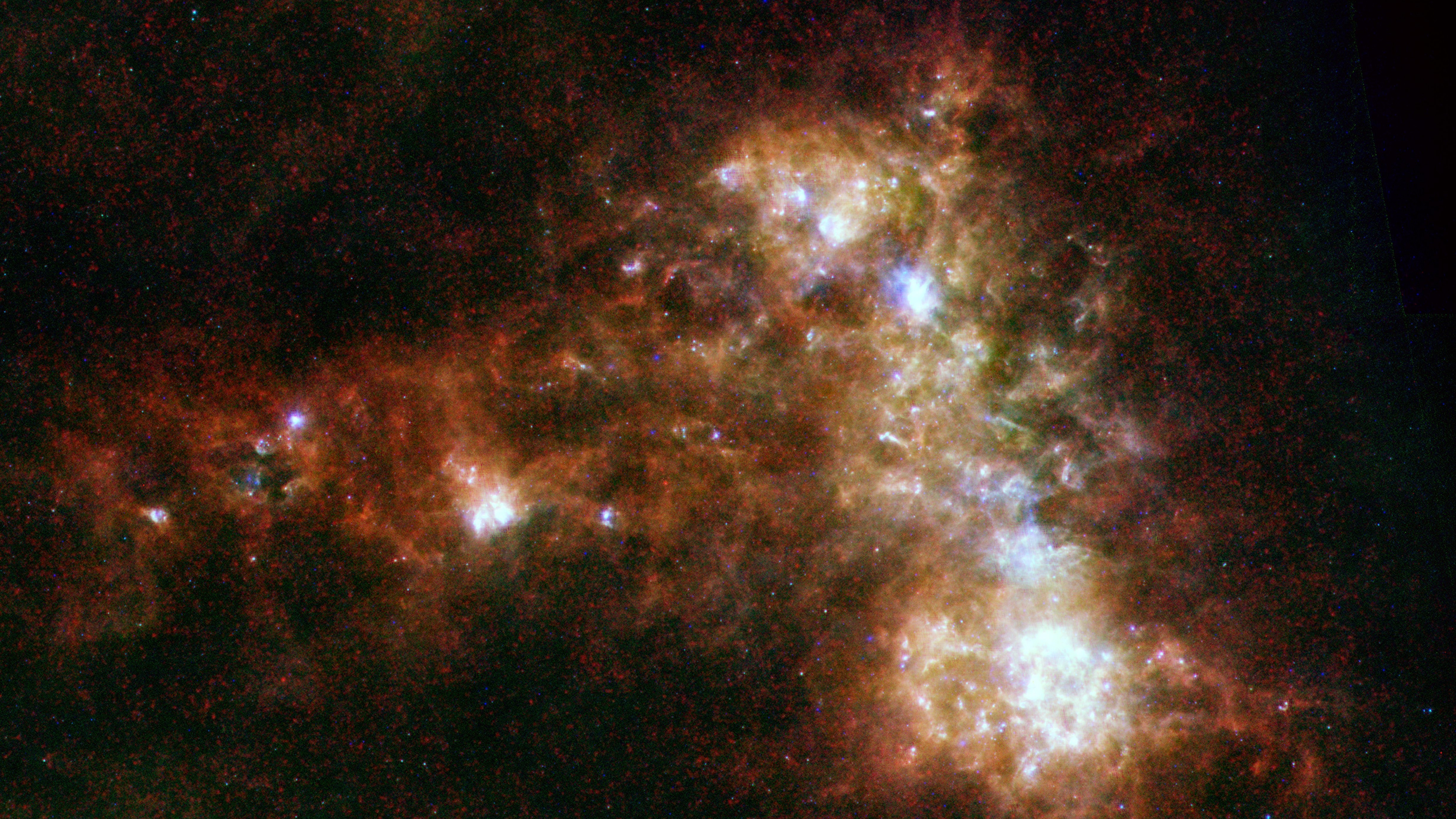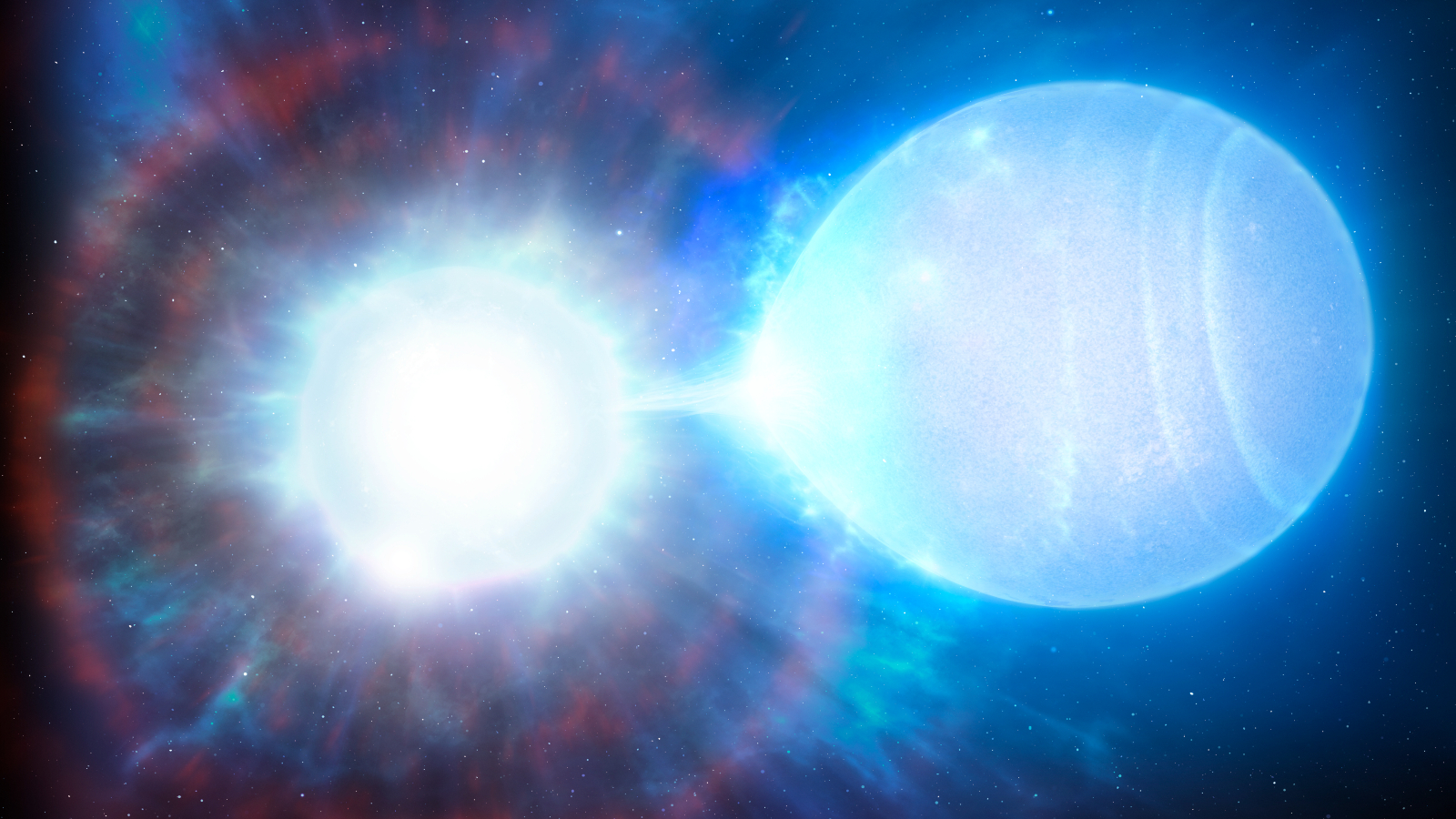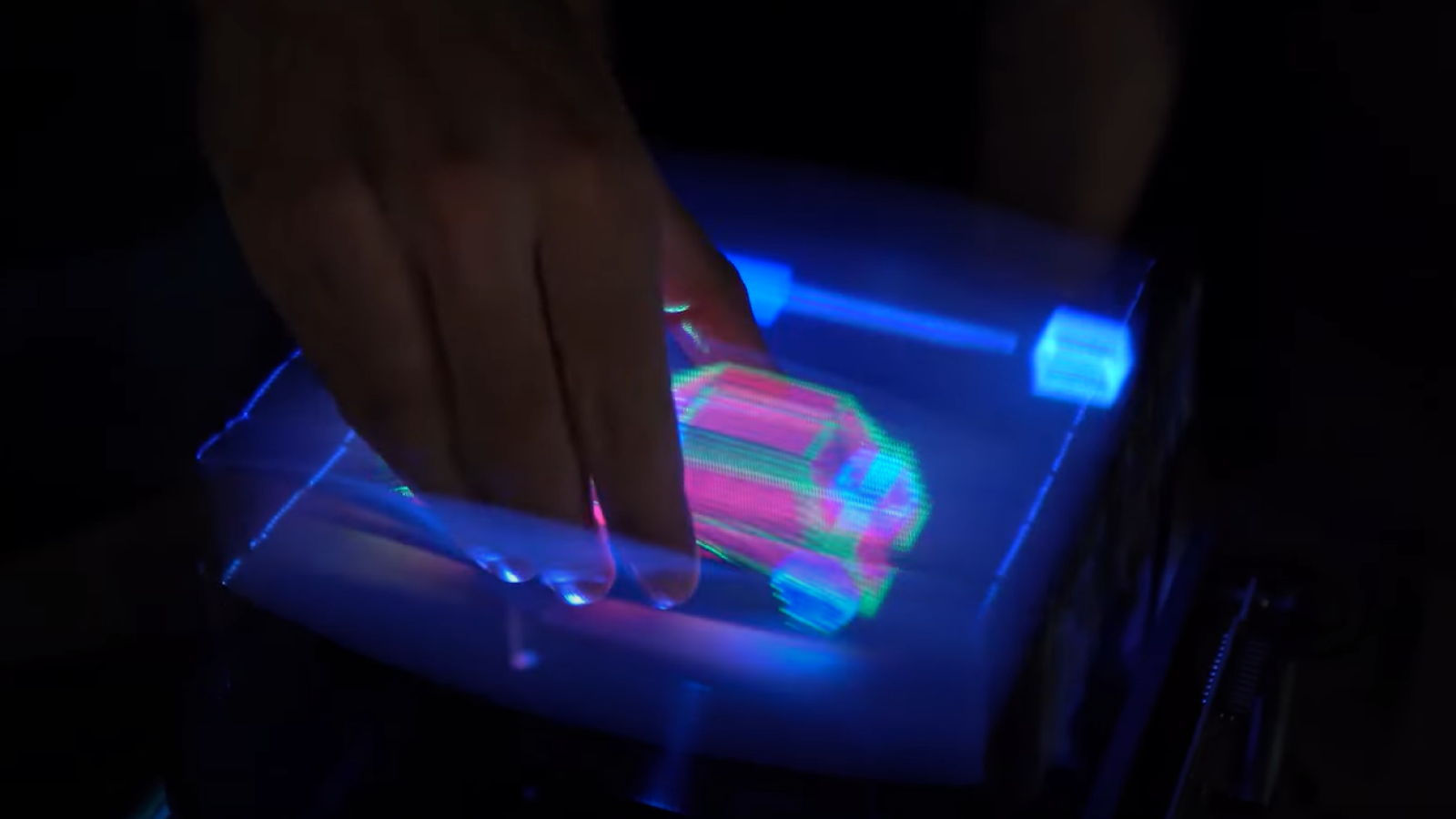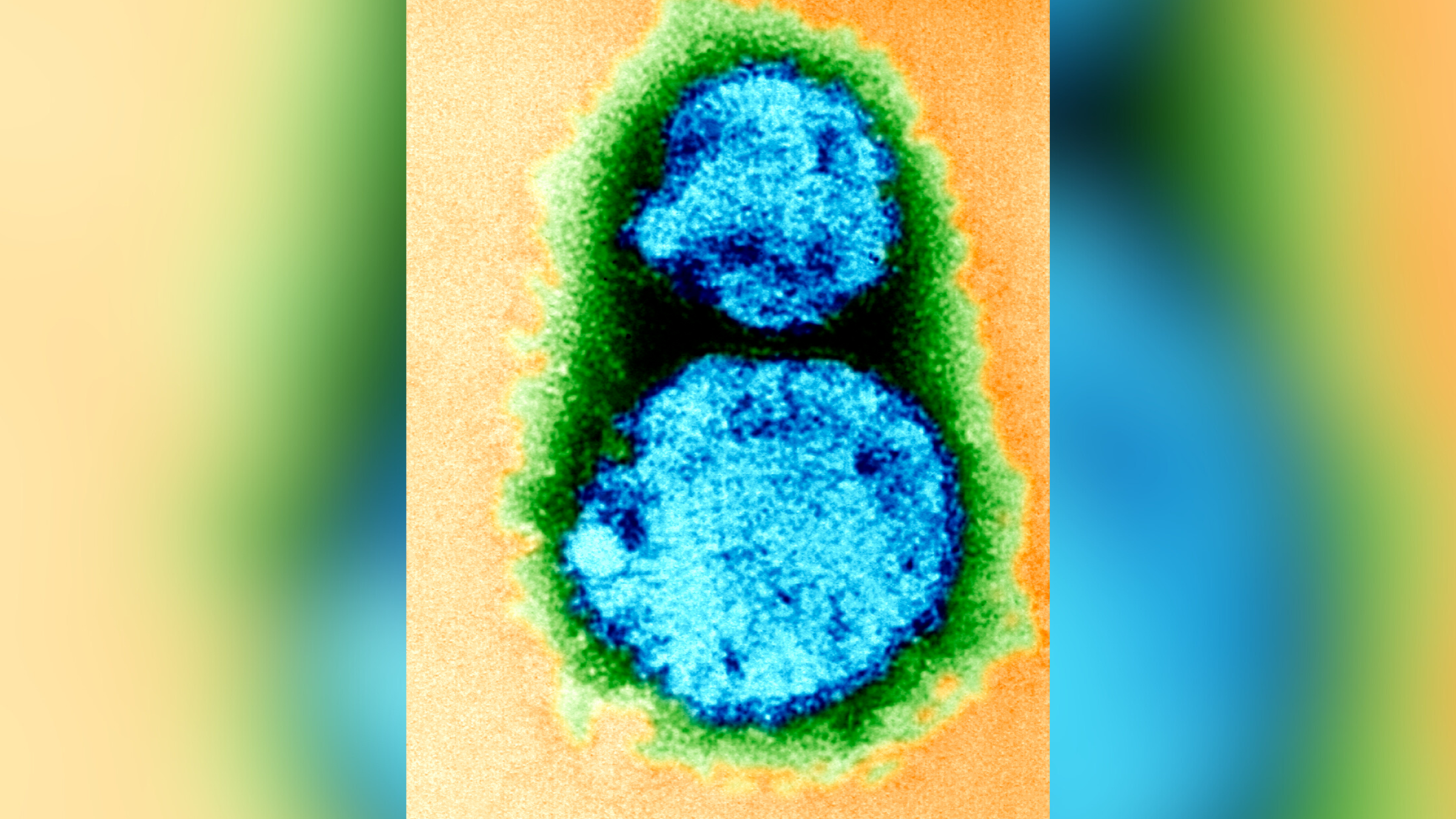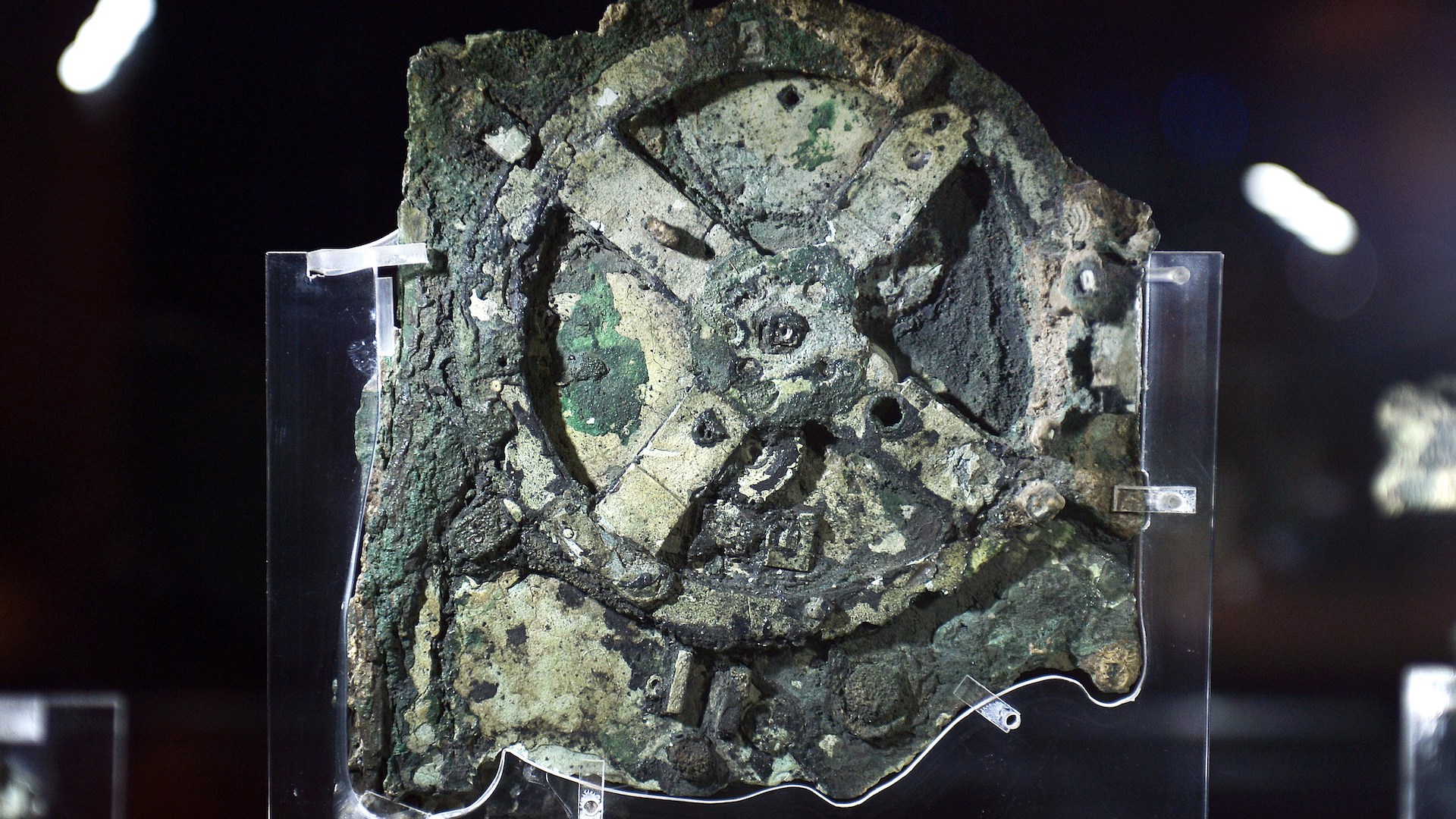Creepy 'ghost lanterns' in South Carolina are not what they seem, study suggests
The Summerville ghost lanterns have mystified locals for generations. But geologists may have finally cracked the case.
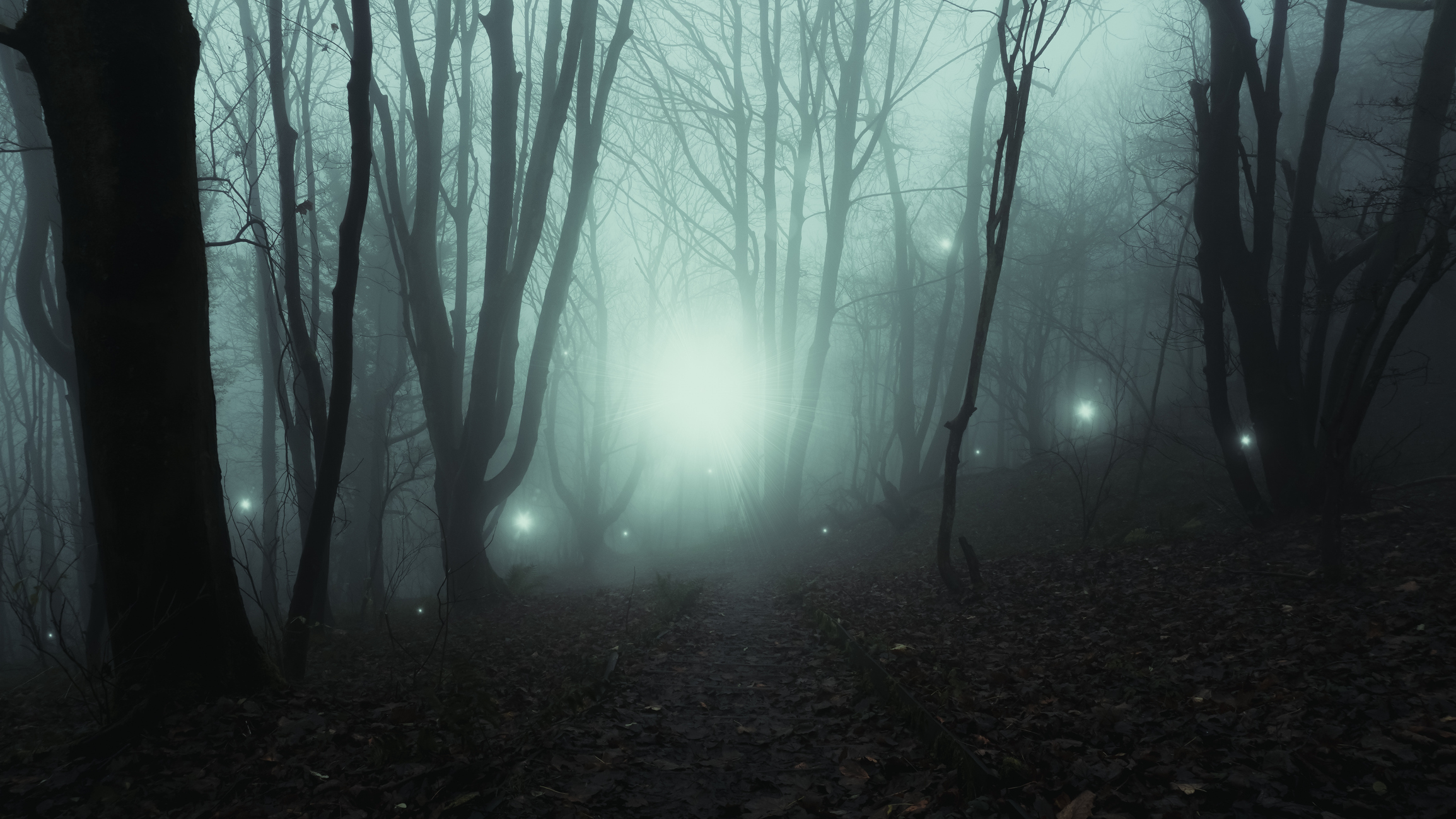
Summerville, South Carolina, has been haunted by mysterious "ghost lanterns" for decades. Now, a scientist thinks she's finally worked out what the floating orbs are: Turns out, they could be linked to tiny earthquakes.
Local legends suggest the mysterious balls of light, which are often spotted near old railway tracks, are lanterns carried by the ghost of a woman who lost her husband in a train accident.
It is not clear exactly when the floating orbs were first seen in the area, but references mostly date back to the mid-20th century. The lights are described as small, glowing spheres, often in blue or green, seen floating above a narrow stretch of Sheep Island Road, where an old railway line used to run. Witnesses also reported cars shaking violently, strange whispering and, occasionally, "ghostly" apparitions.
In the surrounding area, locals have described slamming doors, the sound of footsteps, disturbed animals and birds, and objects moving as if of their own accord.
Now, Susan Hough, a seismologist for the U.S. Geological Survey (USGS), has extensively studied these reports and concluded that the mysterious orbs may be explained by a rare geological phenomenon known as earthquake lights.
Related: Scientists find hidden mechanism that could explain how earthquakes 'ignite'
According to USGS, earthquake lights are glowing spheres, sparks and streamers thought to occur in an area before, during or immediately after earthquakes.
Sign up for the Live Science daily newsletter now
Get the world’s most fascinating discoveries delivered straight to your inbox.
"They have never been studied or confirmed systematically because virtually all of the data/observations are anecdotal, but lights during earthquakes have been reported for many years," Hough told Live Science in an email.
One of the most widely accepted explanations for this phenomenon is the ignition of underground gases, such as methane and radon, as they seep out of the ground during increased seismic activity. All that's needed is a spark, generated by static electricity or moving rocks.
Hough said that this explanation was particularly appropriate for the Summerville ghost. Her findings were published Jan. 22 in the journal Seismological Research Letters.
Could Summerville's ghost lanterns be caused by earthquakes?
In August 1959, a magnitude 4.4 earthquake was recorded 2.5 miles (4 kilometers) from the stretch of road where the majority of the Summerville sightings were reported. By the end of 1960, two smaller earthquakes had also been reported in the same area, Hough wrote.
It is possible that even smaller earthquakes have occurred since but were not recognized as such.
Seismic activity would also explain many of the other "paranormal" activities reported in the area, Hough writes. For example, shaking cars, swinging doors and moving objects can all be attributed to small earthquakes. Birds and animals may also get spooked by the movement, no matter how small.
As for the ignition spark, Hough said that steel rails and scrap heaps are commonly found at the sites of old railways, which when shaken may create a spark. Hough noted this would explain why similar ghost lights are often seen near disused railway lines.
While this hypothesis remains speculative, Hough said that it could be tested by measuring gas emissions from the ground in areas where the "ghosts" are seen. Sensors could also look for active faults in the region.
If confirmed, these sightings could help seismologists learn more about America's geology. "Understanding earthquakes in central and eastern North America has been challenging because we have so little data to investigate earthquakes and active faults," Hough said. "This might be the most interesting implication of my little study, that friendly ghosts are illuminating shallow faults along which gases are released."

Pandora is the trending news editor at Live Science. She is also a science presenter and previously worked as Senior Science and Health Reporter at Newsweek. Pandora holds a Biological Sciences degree from the University of Oxford, where she specialised in biochemistry and molecular biology.
You must confirm your public display name before commenting
Please logout and then login again, you will then be prompted to enter your display name.

